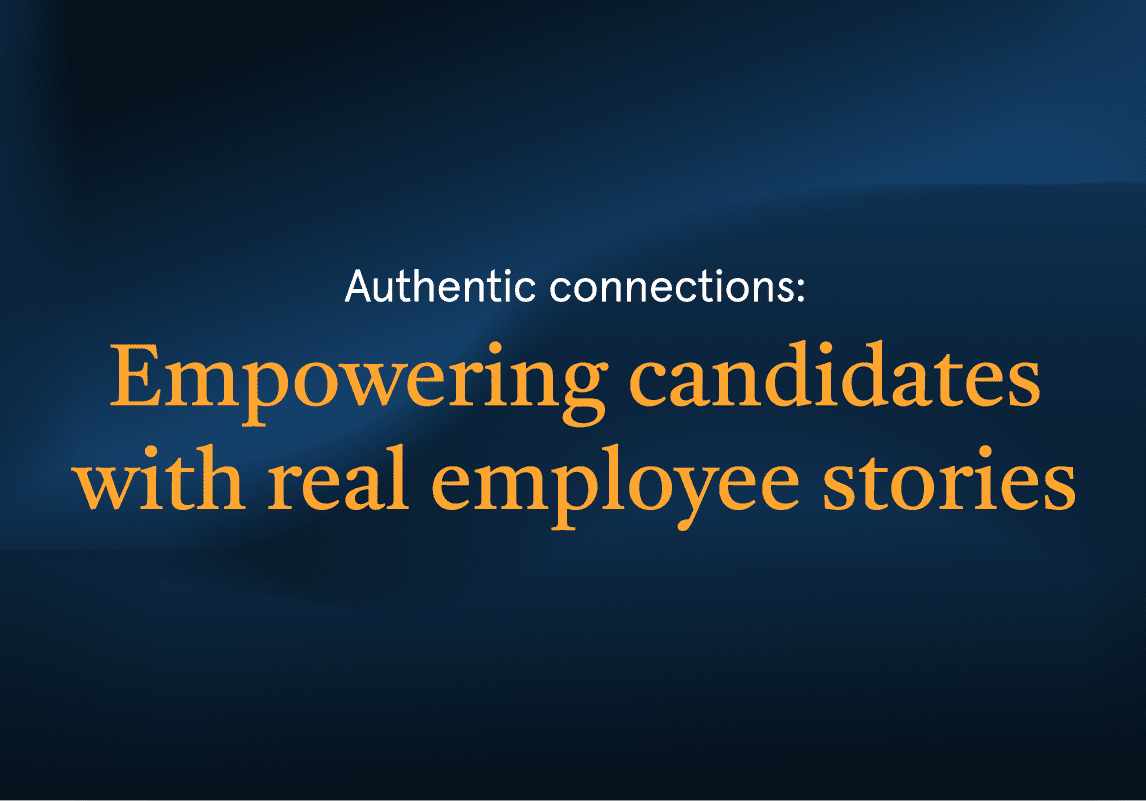The candidates have spoken! And ironically, they wish that your organization would speak more often and more openly. Which is why Clinch brought together Madeline Laurano, Founder and Chief Analyst at Aptitude Research, and Kurt Jones, Clinch Product Marketing Leader, to discuss why communication is crucial to delivering an authentic and transparent candidate experience.
Aptitude Research conducts multiple surveys throughout the year and have solicited responses from over 300 TA and HR Leaders as well as conducted over 50 TA leader interviews at enterprise and mid-market companies. Some of this year’s findings — along with Clinch’s recent surveys—informed the current state of candidate communication in TA.
Here are 3 key ways to improve candidate communication and deliver a positive candidate experience:
1. Communicate intentionally
Earlier this year the Talent Board reported that candidate resentment has risen 75% from 2021 to 2022. Which isn’t surprising when you factor in that 53% of candidates say they’ve abandoned a recruitment process because of poor communication from an employer or recruiter. The writing is on the wall—candidate communication has to improve.
Talent teams need to update candidates on their application and hiring status, and communicate intentionally. This includes closing the loop when a candidate has been screened out of your hiring process. There are many opportunities to customize touchpoints with candidates at every stage in the process. This is even something that can be done within your existing triggered communications and automation workflows within your hiring process.
If you are leveraging hiring technology for your candidate communications (which you should be) that shouldn’t mean you lose any personalization once tasks become automated. Instead, you’ve actually gained the ability to personalize communication at scale! Transparency and authenticity are drivers for candidates to embrace new opportunities, so a strategic, personalized approach to communication will help move talent down the recruitment funnel.
Consider also leveraging omni-channel communications and make sure they are personalized. This can help address the negative perceptions in the market that organizations are often poor communicators. It also ensures your communications with candidates aren’t linear. You can’t only have one communication channel as your primary touchpoint. Candidates want you to meet them where they are—which can be via email, text, LinkedIn, WhatsApp, Slack, phone, or video call.
While building an optimized career site is still important, you have to also cast your recruiting net wider and understand when and where candidates want to be contacted. It’s a tall order, but when achieved, the benefits are great.
Companies who have done this have seen:
- 52% improved efficiency
- 42% increased candidate engagement
- 32% improved candidate experience
- 30% improved recruiter experience
2. Leverage internal mobility
Laurano and Jones observed that, for a lot of companies, posting internal jobs is not communicated very well with employees. The role is often posted somewhere for employees to go out and find rather than proactively communicated. When considering your employee base from a talent acquisition lens, it’s important to remember that they are also your future candidates. Communicating which roles are opening up within the organization is a fast-track to employee retention.
There is a massive need for companies to look at their internal talent pools in a special way when it comes to filling roles. This helps accomplish the organizational need to fill roles with top talent as well as retain top employees while also providing workers with career progression opportunities. Research from Rally Recruitment Marketing confirmed that career progression engagement is up 103%.
Most employees are also passive candidates who are continuously assessing if their current place of employment has what it takes to keep them there in the near term or if their priorities will be better met elsewhere (remote working options, flexibility, and continued growth are high on the list of competing priorities). In the last two years, Aptitude Research has found that 74% of companies are not effectively engaging candidates in a remote environment—which as mentioned, working remotely is a top desire for many employees. So, this brings about some challenges that luckily, can be fixed with better communication.
3. Embrace data
Even in a rapidly changing economy, Aptitude Research found that companies are still dealing with high-volume needs, and investing in TA technology to optimize their processes. The key drivers for TA tech investment include improving efficiency (72%), improving quality-of-hire (70%), improving candidate experience (64%), and reducing bias (31%). Within the “improving efficiency” category would be leveraging the appropriate metrics to inform your recruitment progress.
The following metrics will help you gather insights from your candidate communications. These metrics each serve as indicators of positive candidate engagement:
- Email open rates—Show interest and early engagement from candidates. This is a marketing metric that measures the percentage of communications that are opened.
- Clickthrough rates (CTR)—Measures how well your job descriptions or job ads are performing. CTA is calculated by the number of clicks that a job ad or communication receives, divided by the number of times it is shown.
- Response rates—Shows whether candidates are highly interested in joining your organization or not. Response rates refer to the percentage of people that respond to a call-to-action (such as signing up for an informational Q&A event or other recruitment event, applying, or scheduling an interview.)
“Communication, to me, is the whole basis of the candidate experience,” Laurano said. “If candidates aren’t receiving the information that they need, in the time they need it, they’re either going to look for other opportunities, or it will negatively impact their experience with that employer.”
The earlier you can start communicating with candidates the better, as the early stages of the hiring process are when candidates are most at risk for dropping out.

If your talent team follows best practices and communicates early, often, and authentically throughout the TA journey, your candidate experience will improve. After all, candidates are humans looking to connect! And those who connect with your organization have the beginning ingredients to positively influence your organization for years to come. Don’t let poor communication influence your ability to attract, hire, and retain amazing talent.



